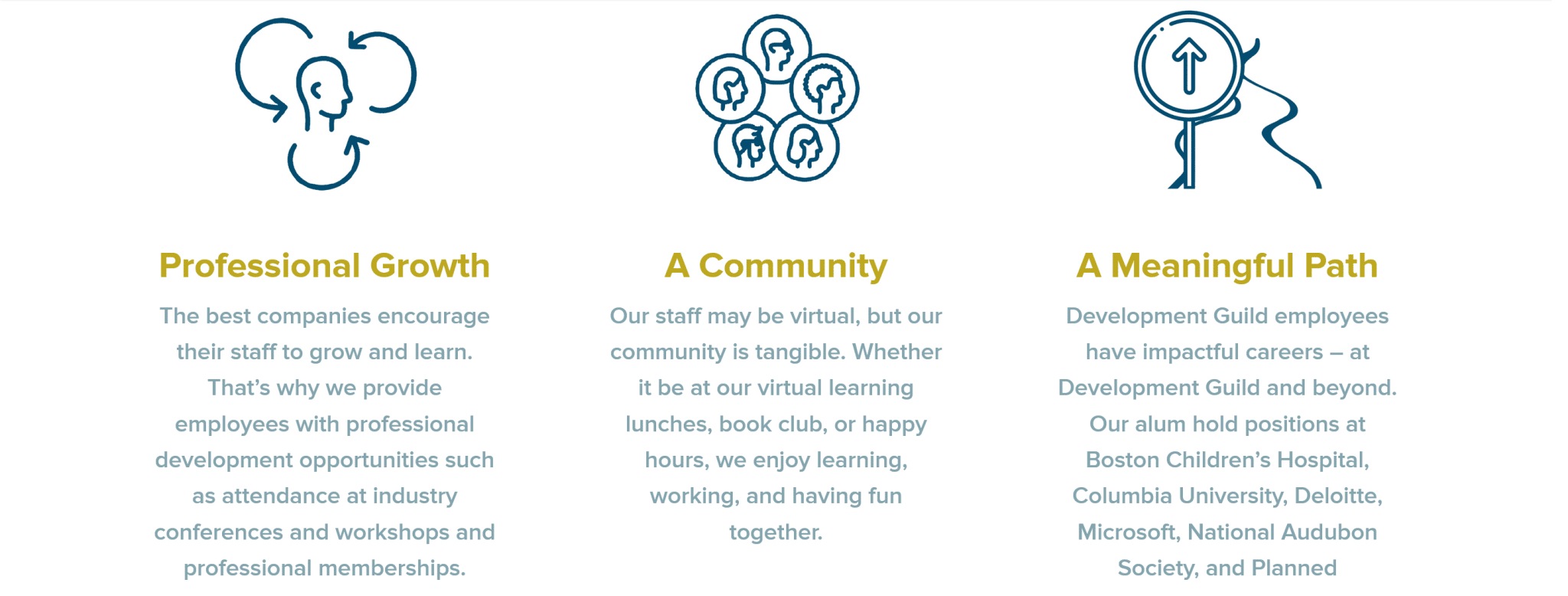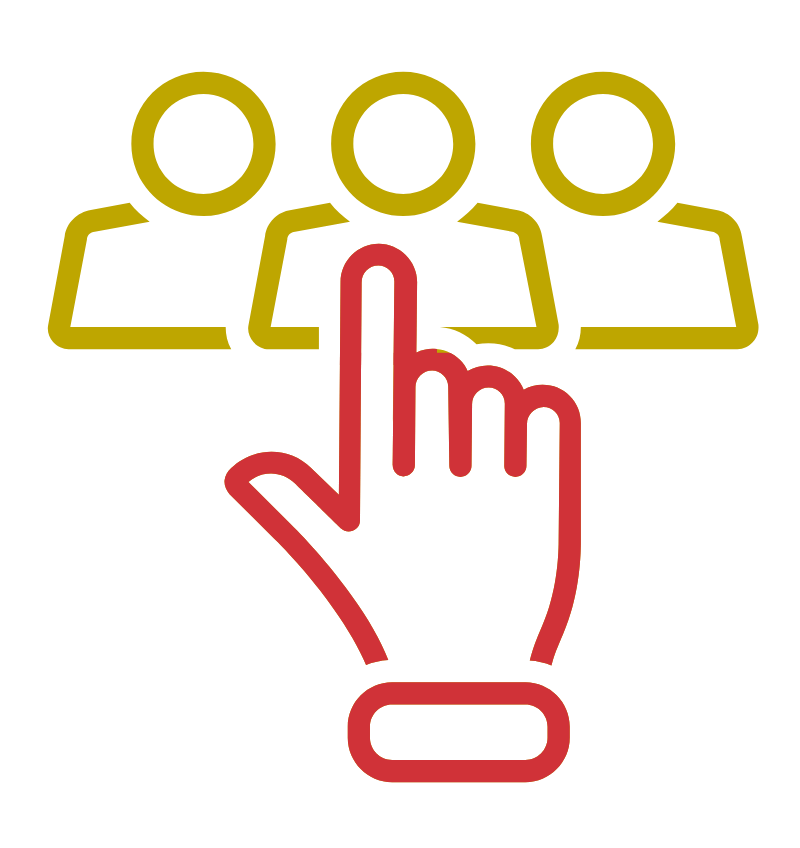The benefits of creating a diverse, equitable, and inclusive workplace culture are undeniable – and many. As we mentioned in our recent blog post on how nonprofits can achieve DEI success, companies with greater diversity in their staff and management teams out-perform those that don’t, achieve higher levels of profitability, and are more likely to have superior value creation (McKinsey).
But how do you attract a diverse candidate pool? Inclusive job descriptions are key. A job description does more than describe the open position; it’s an opportunity to communicate your organization’s values and culture, and how all candidates can thrive and succeed as part of your team. Consider these tips:
Highlight your organization’s commitment to DEI
Consider including a designated paragraph or section to highlight any information that displays your organization’s commitment to DEI. For instance, perhaps you have a mentorship program for people of color, an internal DEI committee, annual unconscious bias trainings, etc. Naming these initiatives helps candidates truly understand the depth and sincerity of your commitment. Consider, also, including an equal opportunity statement that is thorough, clear, and ideally, written in your own words.
Name any inclusive benefits offered
Benefits such as paid parental leave, flexible work arrangements, childcare subsidies, etc., play an important role in fostering diversity and inclusion. Including these benefits in the job description means candidates will understand your commitment to inclusion from the very start. See below for an example of how our company highlights our benefits to candidates.





